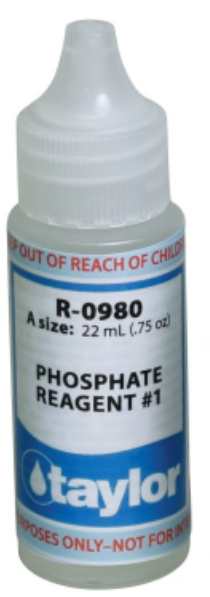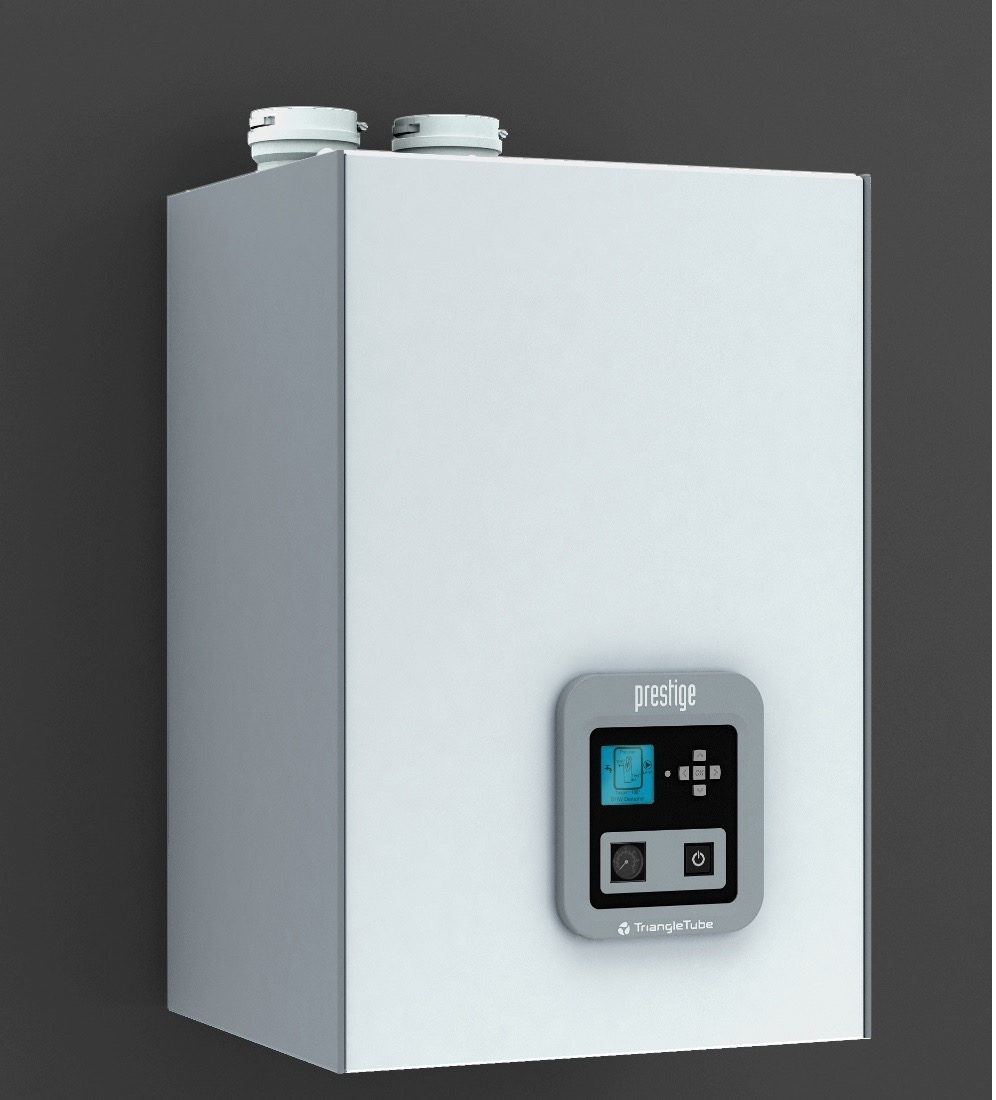BQQZHZ detectors can fail to alert when exposed to dangerous concentrations of smoke, in violation of UL 217, a voluntary safety standard.
CPSC urges consumers not to use, purchase, or sell these combination detectors. Consumers should stop using and dispose of these products immediately and install working smoke detectors.
Product Safety Warning Details
Washington, D.C. -- The U.S. Consumer Product Safety Commission (CPSC) is warning consumers about the risk of smoke inhalation and death associated with the use of BQQZHZ combination smoke and carbon monoxide (CO) detectors. The detectors can fail to alert consumers to the presence of hazardous smoke and fire.
In typical residential fire scenarios, occupants may have as little as one or two minutes to escape after the smoke alarm sounds before the conditions in the home become incapacitating or deadly. More than 2,390 people in the United States die every year from residential structure fires. Furthermore, according to NFPA research, the risk of dying in a fire is twice as high in homes without a working smoke alarm (1.18 deaths per 100 fires), as compared to homes with smoke alarms (0.53 per 100 fires).
BQQZHZ detectors can fail to alert when exposed to dangerous concentrations of smoke, in violation of UL 217, a voluntary safety standard. Consumers should stop using and dispose of these products immediately and install working smoke detectors.
The combination detectors are battery powered, white, and feature a digital display. They are advertised to detect dangerous levels of smoke or carbon monoxide and alert with an audible alarm. These detectors were sold under the Amazon ASIN B07QHYJR7F. The combination smoke and CO detectors were sold on Amazon.com for about $46.
CPSC urges consumers not to use, purchase, or sell these combination detectors. In the interest of consumer safety, CPSC is warning the public regarding the danger from non-working smoke detectors and carbon monoxide alarms. This is a situation involving foreign firms who have not responded to requests for a recall.
Note: Consumers should install combination smoke and CO detectors on each level of their homes and outside separate sleeping areas. Combination smoke and CO detectors should be battery operated or have battery backup. Test combination smoke and CO detectors frequently and replace batteries as needed. Consumers should only buy combination smoke and CO detectors that meet both the UL 2034 and UL 217 safety standards.
Report a dangerous product or a product-related injury on www.SaferProducts.gov.
Individual Commissioners may have statements related to this topic. Please visit www.cpsc.gov/commissioners to search for statements related to this or other topics.
Note: Individual Commissioners may have statements related to this topic. Please visit www.cpsc.gov/commissioners to search for statements related to this or other topics.
The U.S. Consumer Product Safety Commission (CPSC) is charged with protecting the public from unreasonable risk of injury associated with the use of thousands of types of consumer products. Deaths, injuries, and property damage from consumer product-related incidents cost the nation more than $1 trillion annually. Since the CPSC was established more than 50 years ago, it has worked to ensure the safety of consumer products, which has contributed to a decline in injuries associated with these products.
Federal law prohibits any person from selling products subject to a Commission ordered recall or a voluntary recall undertaken in consultation with the CPSC.
For lifesaving information:
- Visit CPSC.gov.
- Sign up to receive our email alerts.
- Follow us on Facebook, Instagram, X, BlueSky, Threads and LinkedIn.
- Report a dangerous product or product-related injury on www.SaferProducts.gov.
- Call CPSC’s Hotline at 800-638-2772 (TTY 800-638-8270).
- Contact a media specialist.








